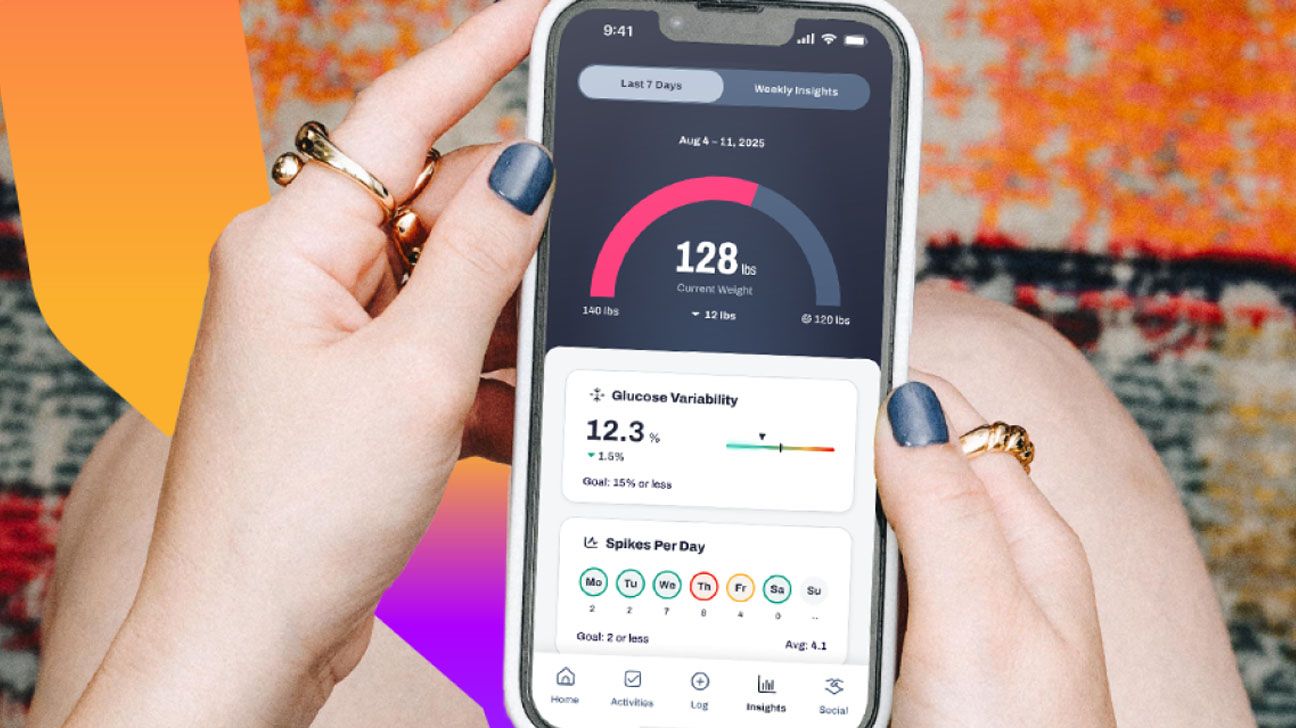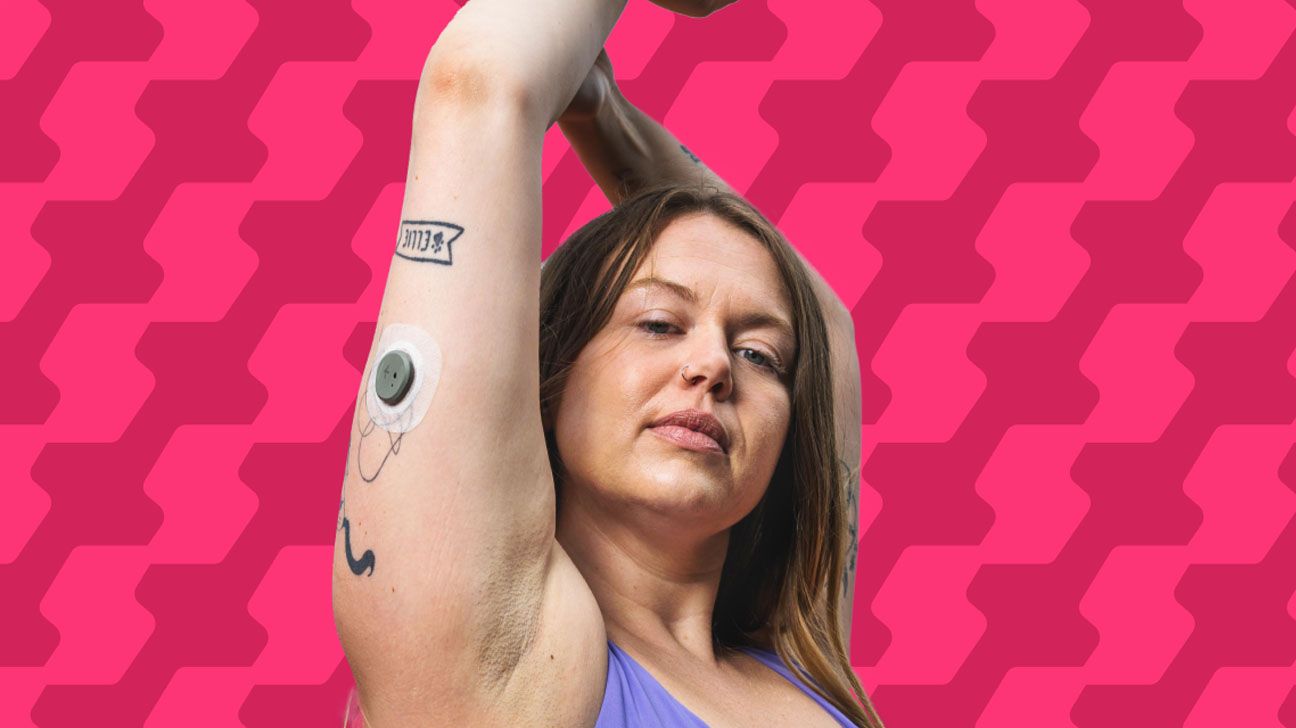
- The FDA cleared the first glucose monitoring system specifically designed for weight management, from startup Signos, providing a new option for maintaining a healthy weight.
- The system uses a continuous glucose monitor, or CGM, which sends real-time data to an app. This is coupled with an AI platform to provide personalized lifestyle recommendations for weight management.
- The system, which requires a monthly membership, can be used alone or with or after weight loss treatments such as GLP-1 drugs or bariatric surgery.
This week, the Food and Drug Administration (FDA) cleared the first glucose monitoring system specifically designed for weight management, from California-based start-up Signos, providing Americans with a new option for maintaining a healthy weight.
The system uses a glucose biosensor from Dexcom that tracks blood glucose 24/7 to reveal how food, exercise and sleep can impact glucose levels. This is paired with an AI platform to transform real-time data into personalized, lifestyle recommendations for managing weight.
“Signos shows you how your body utilizes glucose as a fuel source and helps you keep an eye on your overall metabolism by spotting patterns that make weight management difficult,” Sharam Fouladgar-Mercer, CEO and co-founder of Signos, told Healthline.
The Signos system has been “cleared” by the FDA, which is different from being “approved.” When a device is
FDA
Other treatment options for losing weight are generally limited to people above a certain body mass index (BMI) or who are overweight and have other health conditions. These include GLP-1 receptor agonists such as Wegovy and Zepbound and surgical options like bariatric surgery. However, anyone can purchase a Signos membership to access its system.
“Everyone deserves access to insights that help them live healthier, longer, more vibrant lives. Signos isn’t just about data; it’s about giving people ownership over their health and weight journeys in a way never before seen,” Fouladgar-Mercer said in a press release.
Obesity costs the U.S. healthcare system

Customers who sign up for the Signos system can choose a three-month plan for $139 or a six-month plan for $129.
Health insurance companies don’t currently cover the system for weight management, but Signos says it is working with insurers to get coverage.
The Signos system can be used alone, in combination with, or after GLP-1 drugs or bariatric surgery.
”Signos is designed to help you on your weight journey, regardless of where you are in it,” Fouladgar-Mercer told Healthline. “If you are being treated with different options, having that knowledge [about your glucose levels] is powerful in many ways, including maintaining that weight loss.”
The Dexcom biosensor is placed on the upper arm, and data is wirelessly sent to Signos’ app. The app also allows people to log their food intake, physical activity, and other information that the AI platform uses to make personalized recommendations.
In addition to assisting people in losing weight, the Signos system helps people understand how their bodies respond to meals, exercise, sleep and stress, which can encourage them to make behavioral changes that improve their overall health.
“With Signos, people form habits that stick for life,” Fouladgar-Mercer said. “Diets are generally tough to sustain, and then there’s often the rebound effect. Knowing what works for you is critical for maintaining the healthy weight you worked so hard to achieve, and our member feedback says that approach is the most effective.”
Paunel Vukasinov, MD, an internist and obesity medicine specialist with Medical Offices of Manhattan and a contributor to LabFinder, told Healthline that using a continuous glucose monitor (CGM) can help patients become aware of the impact that food has on their glucose levels.
“Many patients change what they eat once they see how certain foods affect their glucose,” he said, “and they say the tool helps them make healthier choices overall.”
However, “for people without glucose issues, CGMs may add little benefit beyond what general healthy eating advice provides,” he cautioned. So “the data should always be interpreted with a trained healthcare professional for optimal results.”
Some research suggests that continuous glucose monitoring can motivate people to change their behaviors, although larger, more rigorous studies are needed.
One small study looked at sedentary individuals with overweight or obesity. People received one-on-one counseling to learn how physical activity affects blood glucose levels. They then used a CGM or an activity tracker for 10 days. Afterward, both groups reported being more motivated to exercise.
Fouladgar-Mercer said the company plans to publish data in the future around the effectiveness of their system for weight management.
“That said, all of our data, as well as a plethora of other research, has shown that managing glucose is critical to managing your weight,” he said. “It’s fundamental. And Signos is [currently] the only system that focuses on that aspect.”




